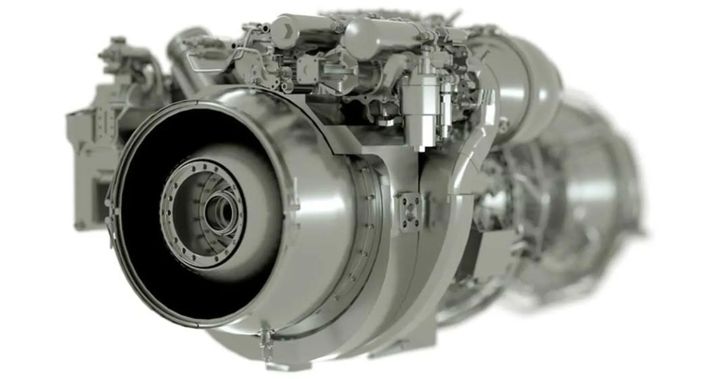
The great promise of 3D printing combined with innovative 3D design (such as generative design) is to reduce parts and material waste while creating geometry that surpasses the capability of traditional subtractive machining.
The downside of using the technology for such applications has always been less material strength, due to 3D printing’s process of anatomically printing one layer at a time, like a giant pancake.
Addressing the complicated thermodynamics of jet engines, including material stress and very high temperatures, GE has steadily made progress and has produced several 3D-printed engine components with properties that pass muster for Federal Aviation Administration (FAA) certification.
GE Aviation is working with the U.S. Air Force to cut production times and improve rates of fuel consumption by military aircraft.
GE has been 3D printing replacement parts for older aircraft whose components and parts are no longer in production. The cost savings from not having to reproduce dies, molds and tooling to build a small number of parts has been a triumph for the partnership.
GE’s Catalyst Engine

GE’s Catalyst engine, which was built using additive manufacturing for small commercial turboprop aircraft, was developed in 50 percent less time than it normally would have taken, and testing took only six months versus a year. Total parts were reduced from 855 to a whopping 12, and the assembly turned out to be 100 pounds lighter than a traditional engine build. Not only did this improve fuel efficiency, but maintenance and repair operations were also simplified.
GE also entered the U.S. Army’s Improved Turbine Engine Program (ITEP) competition and used similar methodology to develop a T901 engine.
Read more at ENGINEERING.com
